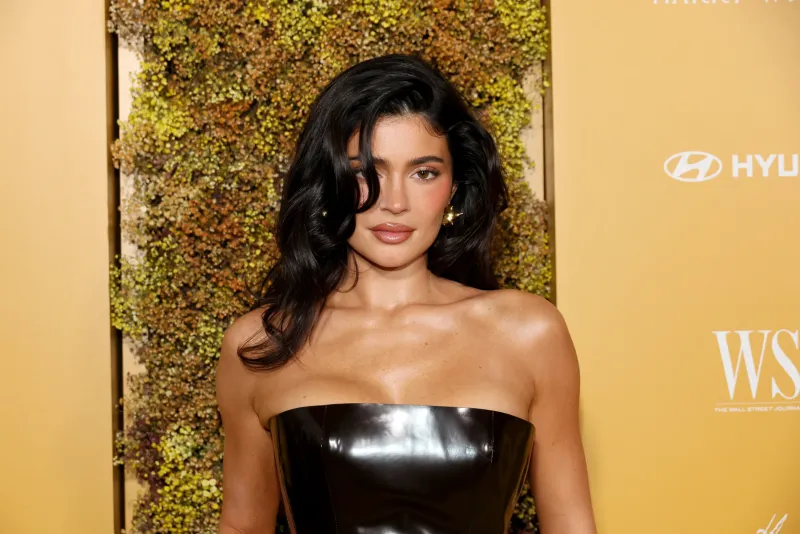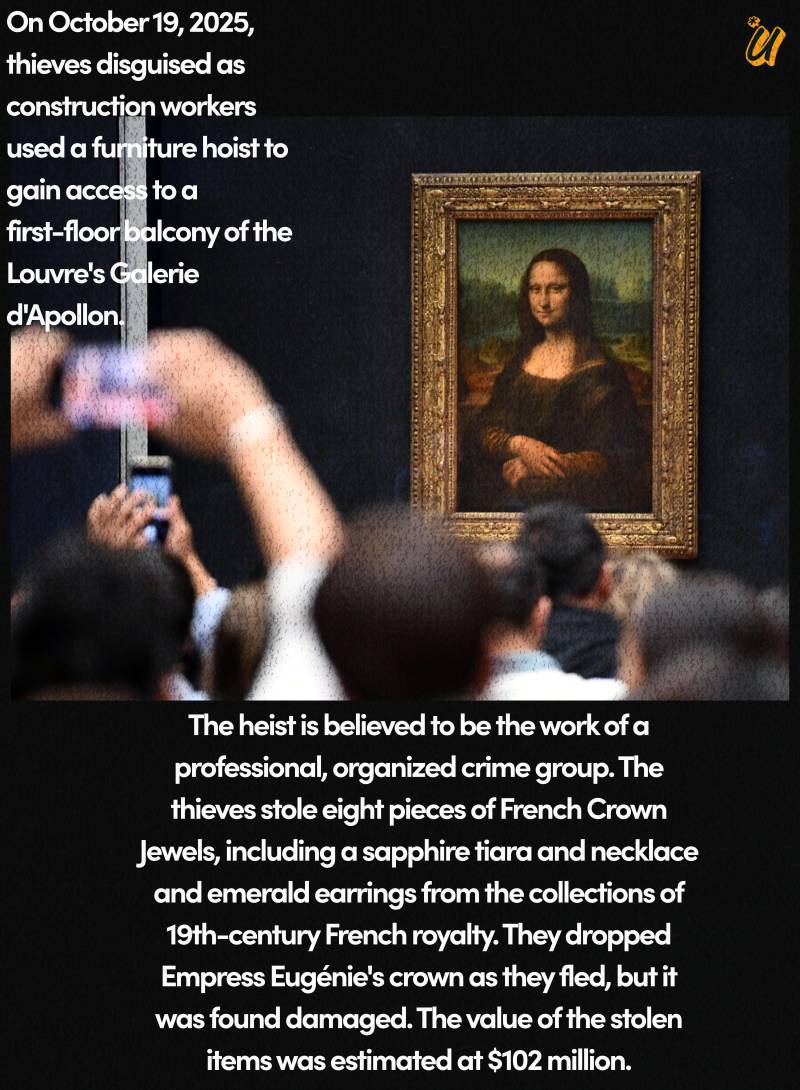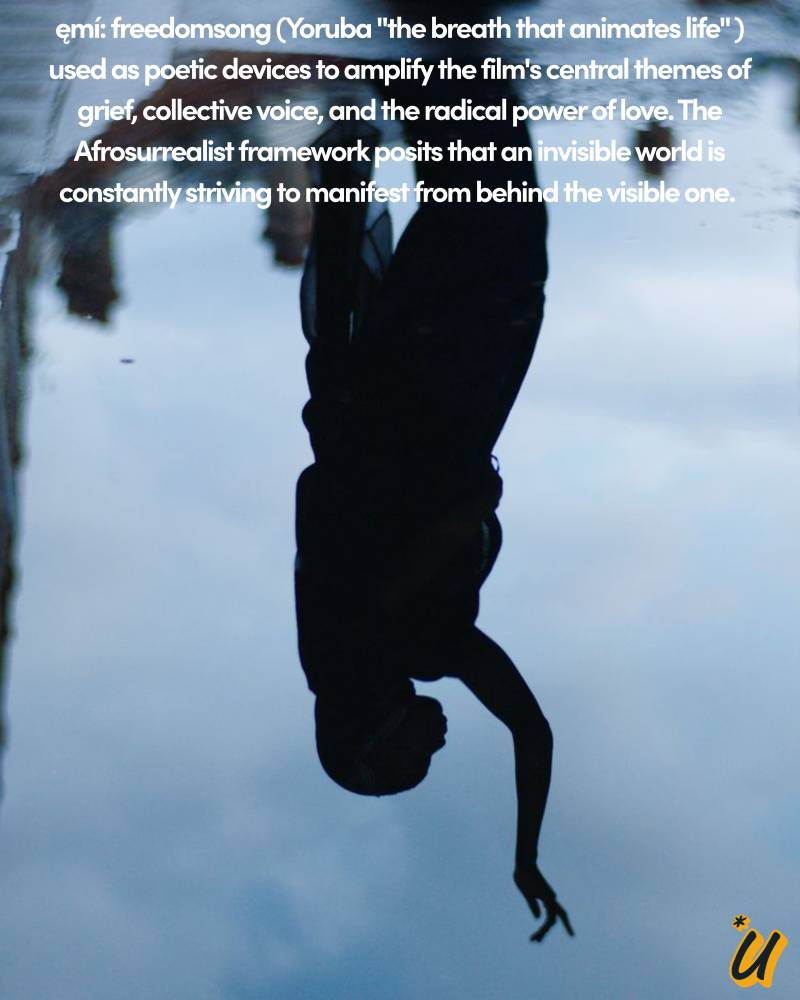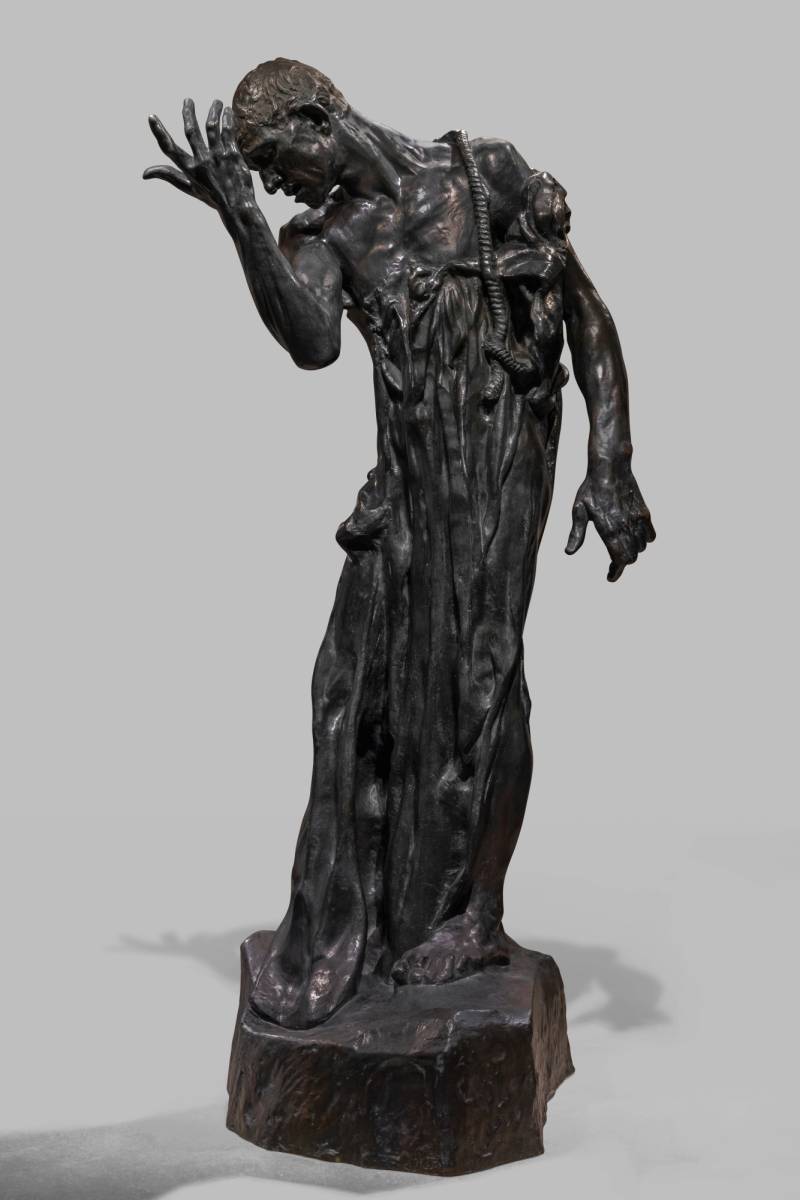Long before the cameras flash and the runways light up, there is a name whispered with reverence across ateliers and creative rooms: Versace. To many, it evokes images of plunging necklines, gold medallions, and the bold confidence that only a Versace gown can command. But to trap the legacy of Versace within the tight seams of its most daring dresses would be a disservice to the soul behind the silk. The true story of Versace, its rise, resilience, and reinvention, is stitched into the life of the man who started it all and the woman who preserved its fire.
Gianni Versace wasn’t just a designer; he was an architect of identity. Born in Reggio Calabria in southern Italy, Gianni’s early exposure to his mother’s tailoring shop became the genesis of a lifelong obsession with form, fit, and flair. His talent wasn’t just in crafting clothes, it was in interpreting culture. He designed for those who defied the rules: unapologetic women, powerful men, the misfits, and the icons. When others whispered elegance, Gianni screamed it with gold, leather, and baroque prints. His runway was a theater. His models were muses. His garments were a kind of armor.

Related article - Uphorial Podcast
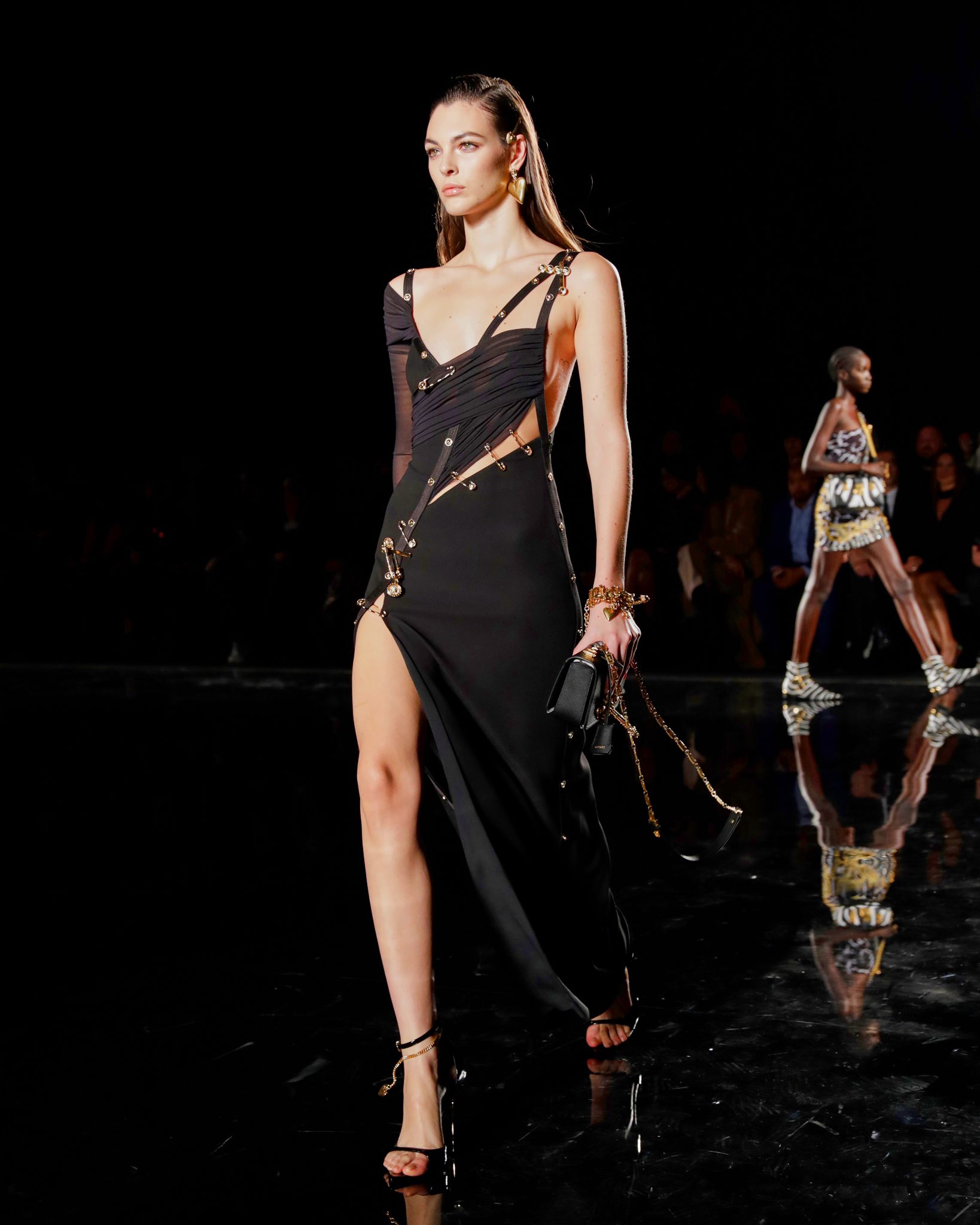
But behind the boldness was vulnerability. Gianni was a deeply sensitive soul who carried the weight of his uniqueness in a world that often demanded conformity. His strength came not from rebellion alone, but from an unflinching dedication to authenticity. Each stitch in a Versace jacket was a reminder that beauty and audacity could co-exist, and that luxury had the power to disrupt. In 1997, that voice was silenced. Gianni’s tragic murder outside his Miami Beach mansion sent shockwaves through fashion, culture, and beyond. For many, it was the end of an era. But then, Donatella stepped forward, not into his shoes, but into her own. The world expected her to fail. But in that moment of grief, a new chapter was born, not one of imitation, but of inheritance and innovation.
Donatella Versace has since transformed the brand into a global force that lives not in Gianni’s shadow, but in his light. She infused it with her brand of boldness, sleeker, modern, feminine yet ferocious. Under her direction, Versace became more than just couture; it became commentary. It spoke to the LGBTQ+ community, to streetwear culture, to inclusivity and gender fluidity long before it was marketable. She made the brand not just relevant, but revolutionary again.
Today, Versace is more than a label. It is a language. One that speaks to the outsiders and the insiders alike. Its influence is felt not just on red carpets but in the broader conversations around power, identity, and belonging. From Beyoncé’s body-positive anthems clad in gold chainmail to Lil Nas X’s fearless fashion statements, Versace continues to champion those who stand at the intersection of fame and fearlessness. To understand Versace’s legacy, one must look beyond the iconic safety-pin dress worn by Elizabeth Hurley, beyond Jennifer Lopez’s history-making green jungle dress, and into the way the brand dares its wearers to be seen. Truly seen. In a world that too often demands we shrink, Versace insists we shine, loudly, defiantly, and beautifully.
Versace’s story is not just about daring fashion. It is about daring to live fully. To grieve and still create. To evolve without erasing. It is a love letter to resilience, a symphony of seduction and strength, and above all, a reminder that style without soul is forgettable. But when soul and fabric meet, when vulnerability is dressed in gold and struts with pride, that’s when fashion becomes legend. And so, the legacy continues, not on a mannequin, but in movement. In every person who wears Versace not just to be seen, but to be remembered.
